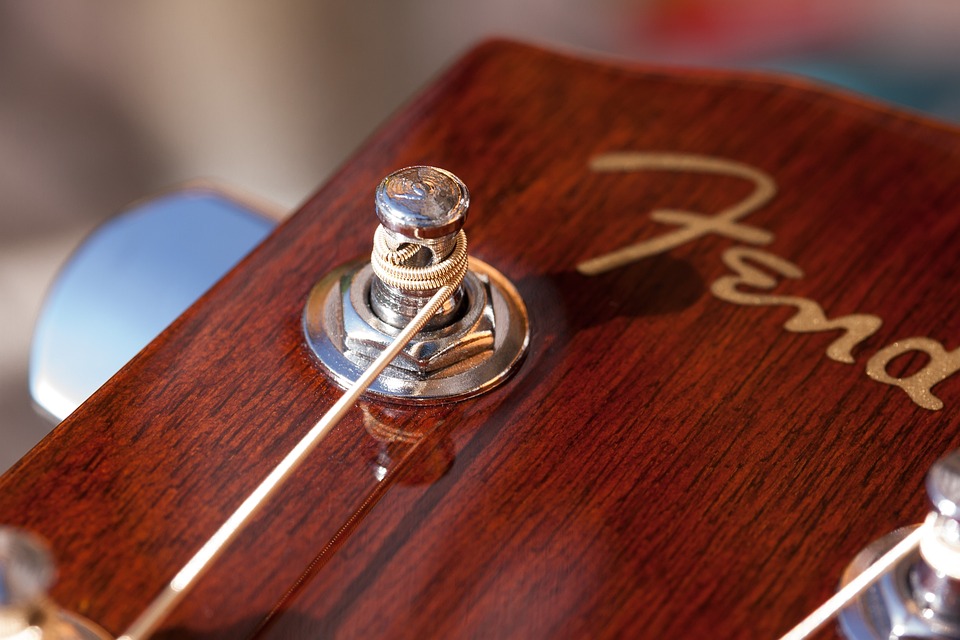The Taut String’s Secret: Unlocking the Full Potential of Your Violin
As a violinist, you’re no stranger to the thrill of bringing music to life with every bow stroke and note. But have you ever stopped to think about the tiny, yet mighty, strings that make it all possible? The taut string, in particular, holds a secret that can take your playing to new heights. In this article, we’ll delve into the world of violin strings and explore the mysteries of the taut string, unlocking the full potential of your instrument.
The Anatomy of a Violin String
Before we dive into the secrets of the taut string, let’s take a closer look at the anatomy of a violin string. A standard violin string consists of three main components: the core, the winding, and the surface. The core is the central part of the string, made from materials like steel, synthetic materials, or even animal gut. The winding is the outer layer, wrapped around the core to add tension and stability. Finally, the surface is the outermost layer, treated with a special coating to enhance playability and tone.
The Taut String’s Secret
So, what’s the big deal about the taut string? The answer lies in the way it responds to the bow. When a string is properly tuned and tightened, it becomes "taut," meaning it’s stretched to its optimal tension. This tension creates a unique resonance that amplifies the sound waves produced by the bow. The result is a richer, more vibrant tone that’s characteristic of professional violinists.
Unlocking the Full Potential of Your Violin
So, how can you unlock the full potential of your violin and harness the power of the taut string? Here are a few tips to get you started:
- Proper Tuning: Make sure your strings are properly tuned to the correct pitch. This will ensure the string is at its optimal tension and ready to respond to the bow.
- String Selection: Choose high-quality strings that are designed for your playing style and genre. Experiment with different materials and gauges to find the perfect fit for your violin.
- Bow Technique: Develop a consistent bowing technique that takes into account the unique characteristics of your strings. Pay attention to bow speed, pressure, and angle to achieve the perfect tone.
- Practice: Practice regularly to develop your skills and build muscle memory. As you become more comfortable with your violin, you’ll be able to tap into the full potential of the taut string.
Image: A violinist in action, with a close-up shot of the strings and bow. The image should convey a sense of movement and energy, highlighting the dynamic relationship between the violinist and their instrument.
FAQs
Q: What’s the difference between a taut string and a slack string?
A: A taut string is stretched to its optimal tension, while a slack string is loose and lacks the necessary tension to produce a rich tone.
Q: How often should I change my violin strings?
A: It depends on your playing frequency and personal preference. As a general rule, strings should be changed every 3-6 months to maintain optimal tone and playability.
Q: Can I use any type of string on my violin?
A: No, not all strings are suitable for every violin. Different materials and gauges are designed for specific playing styles and genres. Experiment with different strings to find the perfect fit for your instrument.
Q: How can I improve my bowing technique to get the most out of my violin?
A: Practice regularly to develop your skills and build muscle memory. Pay attention to bow speed, pressure, and angle, and experiment with different techniques to find what works best for you.
By unlocking the secrets of the taut string, you’ll be able to tap into the full potential of your violin and take your playing to new heights. Remember to stay curious, keep practicing, and always be open to new techniques and innovations in the world of violin playing. Happy playing!



